Capturing the perfect action shot requires a blend of skill, a touch of luck, and a top-notch camera. When these elements align, the results can be truly spectacular. Action photography captures moments of intense excitement and suspense, allowing us to relive the thrill of a daring leap into a lake or dissect every detail of a game-changing three-pointer.
However, not all cameras are built for action photography. The best ones feature fast and accurate autofocus to keep up with dynamic subjects. Since our reflexes aren’t always quick enough to capture every fleeting moment, a high burst speed is essential for producing more usable images. Additionally, because most action happens outdoors, the camera’s viewfinder and LCD need to be bright and clear.
We’ve compiled a list of the six best cameras for action shots, featuring a variety of types and price points to suit both beginners and professionals. Discover why these cameras excel in capturing those once-in-a-lifetime moments, ensuring you never miss a beat.
1. OLYMPUS OM-D E-M1 Mark III

Olympus’s OM-D E-M1 Mark III is a versatile Micro Four Thirds camera with standout features. It boasts seven stops of native image stabilization, impressive burst speeds with locked focus, and innovative autofocus that excels in tracking people. Its advanced processor can simulate ND filters and produce detailed 80MP stills with Pixel Shift, competing with pricier models.
Portability is key, with a weather-sealed body suited for extreme conditions. The deep grip and numerous physical controls make adjustments easy without using the screen. The viewfinder offers 0.74x magnification, performing well in bright conditions, while the 3-inch vari-angle touchscreen is ideal for difficult angles and protection.
The OM-D E-M1 Mark III’s image stabilization corrects seven stops of shake, or 7.5 with new lenses, allowing for sharp photos without a tripod. The camera’s 60-image burst mode ensures you never miss a moment, with pre-shot capabilities for perfect timing.
Autofocus is fast and precise, adept at tracking erratic movements. Customizable focus shapes enhance reliability. However, it has one UHS-II memory card slot, and its 20.1MP sensor struggles with noise at ISO levels above 3,200.
Pros:
- Excellent value
- Outstanding image stabilization
- Accurate autofocus with customizable zones
- Compact, weatherproof build
Cons:
- Only one UHS-II card slot
- High ISO noise
The OM-D E-M1 Mark III is a top choice for versatile, high-performance photography.
2. Fujifilm X-T4
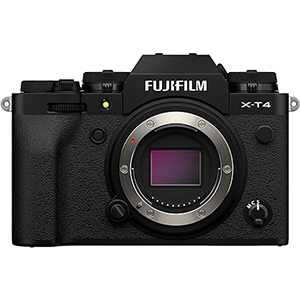
Fujifilm’s X-T4 excels in both action photography and videography, thanks to its advanced image stabilization. It delivers excellent image quality with natural white balance and detailed HDR. With a 20fps burst shooting capability, it’s ideal for unpredictable scenarios.
The X-T4 resembles its predecessor but features a deeper grip and rearranged controls for improved handling. Most buttons are customizable, and a switch toggles between distinct photo and movie modes. The fully articulating LCD now flips towards the camera for protection, and the dense menus are well-organized, with customizable My and Q menus to reduce clutter. The 3.69-million-dot OLED EVF offers vivid colors and smooth tracking of fast-moving subjects.
Low light performance is impressive, especially in RAW, allowing for high ISO settings with minimal noise. JPEGs maintain quality up to ISO 3,200. The electronic shutter offers a 20fps burst speed, reduced to 15fps in manual mode to avoid strobing in sports arenas.
Autofocus is effective, particularly in recognizing and tracking faces. It smoothly transitions between faces, though it performs best with predictably moving subjects. Rapid direction changes can lead to more missed shots during bursts.
The X-T4’s RAW buffer is limited, allowing less than three seconds of continuous shooting. Eye detection can produce false positives, making it unreliable in some environments.
Pros
- Excellent image quality
- Customizable controls and menus
- Quick face-tracking autofocus
- Fast burst shooting
Cons
- Limited RAW buffer
- Unreliable eye AF
3. Panasonic LUMIX G9
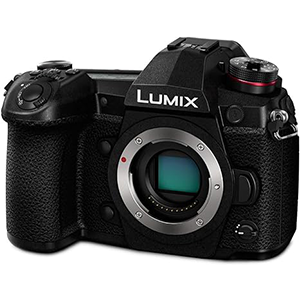
The Panasonic G9, co-created with Olympus in the MFT system, is a feature-rich, accessible mirrorless camera. It offers impressive 20fps continuous shooting and 60fps with locked focus. Its image stabilization compensates for 6.5 stops, and versatile autofocus modes ensure clean images in various dynamic situations.
Built with a solid magnesium alloy body and tight weather sealing, the G9 is designed for durability. It features a recessed grip and pronounced thumb rest for easy one-handed operation. A unique addition is the status LCD on the top plate. Physical controls include an AF joystick and several dials, one doubling as a D-pad.
The G9’s EVF is a bright OLED panel with a high refresh rate and 0.84x magnification, offering detailed, smooth live footage. The touchscreen LCD is sensitive and fully articulates for challenging shooting angles. Despite its small sensor, the G9 delivers excellent image quality, with natural white balance and rich color profiles in JPEGs. There’s no optical low-pass filter, ensuring sharp images.
The G9’s autofocus is dependable, achieving 20fps in-focus shots and 60fps with locked focus. Depth from Defocus technology ensures effective performance, with multiple focus modes utilizing all 225 AF points. Face and eye tracking work reliably, and the focus can be adjusted manually with the joystick or touchscreen.
However, the AF joystick is slow and doesn’t move diagonally, potentially costing precious seconds. Additionally, the touchscreen can’t be locked, risking inadvertent focus shifts.
Pros
- Excellent burst speeds
- Dependable autofocus with user input
- High overall image quality
- Easy one-handed operation
Cons
- Touch sensitivity can’t be turned off
- Slow AF joystick
4. Nikon D500
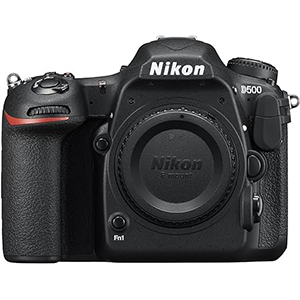
Nikon’s D500 proves APS-C DSLRs remain vital for action photography. It excels with superb autofocus, customizable controls, and a long-lasting battery. Nikon’s extensive lens range offers numerous options, while excellent ISO performance ensures quality shots in low light.
Despite being light for a DSLR, the D500 houses many controls and features a textured faux leather body with a recessed grip for easy handling. Buttons are abundant, including on the LCD’s left side, and many are configurable for custom commands. The top left dial, left-side buttons, and small LCD light up for easier low-light use.
The tilting LCD is touch-sensitive, allowing for focus point selection and menu navigation. Nikon’s logically arranged menus offer extensive adjustment options. The OVF provides 1x magnification and bright output, offering an accurate frame depiction, although AF points can’t be selected during its use.
The D500’s versatile autofocus excels with moving subjects, featuring 153 points in live view, including 99 cross-type and 54 selectable ones. Various AF modes, including single point, adjustable radius, full auto, and 3D tracking, enhance flexibility. 3D tracking with optional face detection improves subject distinction.
Maintaining impressive AF and image quality at 10.2fps in burst mode, the D500’s large buffer supports continuous RAW shooting. Its battery lasts over 1,200 shots. High dynamic range aids post-processing, with strong low-light performance and color balance.
However, the control layout isn’t optimal, with some buttons easily pressed accidentally, affecting single-handed use. Live view significantly reduces battery life, preventing photo transfers or live view when the battery is low.
Pros
- Superb autofocus with adjustable modes
- Numerous physical controls for customization
- Sturdy, easy-to-grip build
- Bright viewfinder with 1x magnification
Cons
- Awkward control layout
- Limited functionality when the battery is low
5. LUMIX FZ1000 II
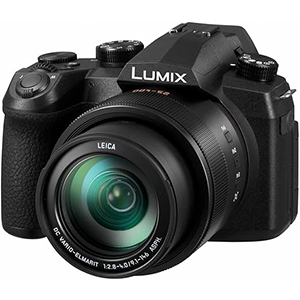
Our budget pick, the Panasonic FZ1000 II, is a bridge camera offering impressive image quality and decent burst shooting at an attractive price. With a fixed lens covering a focal length of 25-400mm (full-frame equivalent) and speedy autofocus, it’s a versatile choice for both casual photographers and pros.
The FZ1000 II resembles a compact DSLR but features a fixed lens, highlighting its bridge camera identity. Built mainly from plastic with a metal barrel around the lens, it’s highly customizable with eight programmable buttons, three dials, and a D-pad controlling ISO, white balance, and focus modes.
Panasonic equipped the FZ1000 II with the best electronic viewfinder in its class, offering 0.74x magnification and bright OLED display with a high refresh rate. The vari-angle LCD rotates for perfect angles, and an eye sensor conserves power by turning off the LCD when using the EVF. The eyecup design accommodates glasses wearers.
Capable of 12-photo bursts in RAW or JPEG, the FZ1000 II’s burst rate drops to 6.4fps for individual focus. It can reach 300fps at 4K resolution. The battery lasts for 400 shots in live view and is chargeable in-camera, even with a power bank.
Autofocus uses Depth from Defocus technology with varied modes, including effective face and eye detection. The fixed lens performs well, offering a broad focal range for diverse shots. A framing assist button aids subject centering, and image stabilization reduces camera shake, though not as effectively as the G9.
However, the FZ1000 II has a small RAW buffer, snapping only 30 photos before clearing. It also lacks weather sealing, making it unsuitable for harsh conditions.
Pros
- Versatile and affordable
- Snappy autofocus
- 30fps 4K burst mode
- Excellent control customization
Cons
- No weather sealing
- Small RAW buffer
Conclusion
Choosing the best camera for action shots requires a careful balance of speed, autofocus precision, image stabilization, and durability.
The cameras highlighted, ranging from the versatile Olympus OM-D E-M1 Mark III and the feature-rich Fujifilm X-T4 to the budget-friendly Panasonic FZ1000 II, demonstrate that exceptional action photography is accessible at various price points.
Each model offers unique strengths, whether it’s the high burst speeds and robust build of the Nikon D500 or the impressive zoom and customization of the Panasonic G9.
Ultimately, the best camera for action shots will depend on your specific needs and budget, but with the right choice, you can capture every thrilling moment with clarity and precision.

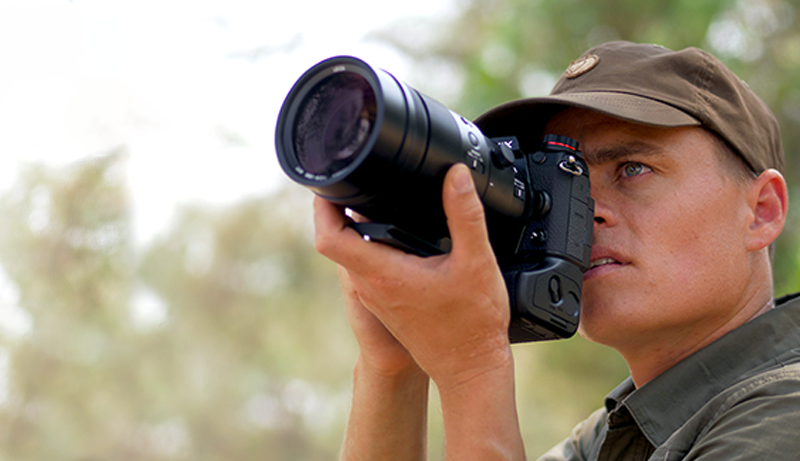
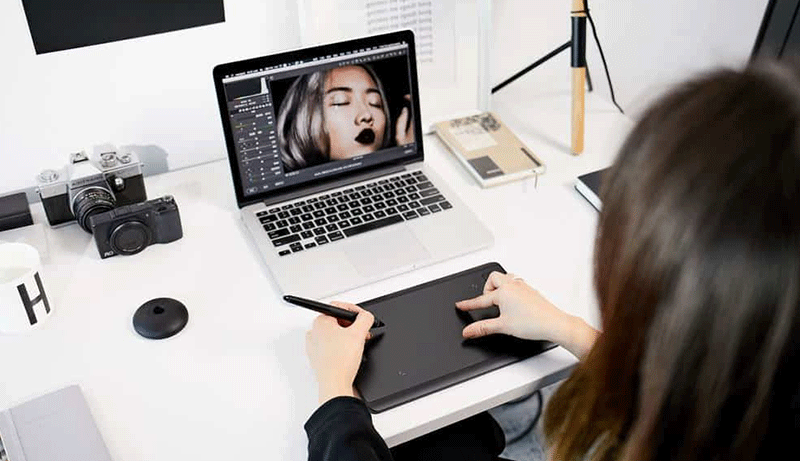


Leave a Reply